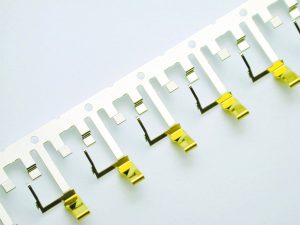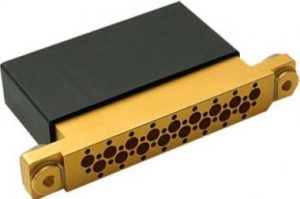Galtek Kimya offers gold plating services with shiny, semi-shiny (mate), smooth, crack-free, homogeneous layers up to 10 µm (micron) thickness having 99.7% (hard gold) and 99.9% (fine gold) purity.
Hardgold plating is used against abrasion due to repeated friction especially on electrical contacts, electrical terminals, switches, connector pins, interconnection pins or spring contacts.
Finegold/ micron gold plating is widely used in brazing and high temperature applications or in applications where high corrosion resistance is needed. It is common used in the medical / dental care area due to its non-oxidizing, non-tarnishing, inert, non-toxic and biocompatibile structure.
Gold has a number of properties that makes it ideal for electronic parts, but in order for the coating to be functional / economical, it must be applied according to some basic principles:
- Establishing the appropriate coating thickness: Companies tend to reduce costs by keeping the gold layer thickness low. However, if the minimum coating thickness suitable for its function is not reached, the layer looses its technical properties such as heat and corrosion resistance.
- Creating an appropriate underlayer: In order to increase the surface strength of the final gold plating, the choise of the underlayer is very important. Nickel ,for example, with its filler characteristic, smoothens the surface, prevents corrosion and helps to increase the durability of the final gold coating. According to the requests and needs of the customer, Galtek Kimya applies suitable underlayers (palladium plating, electroless nickel plating, etc.) before the final gold coating.
Known for its aesthetic appeal and financial value, in metal plating applications gold adds a number of extremely beneficial features to the surface.






